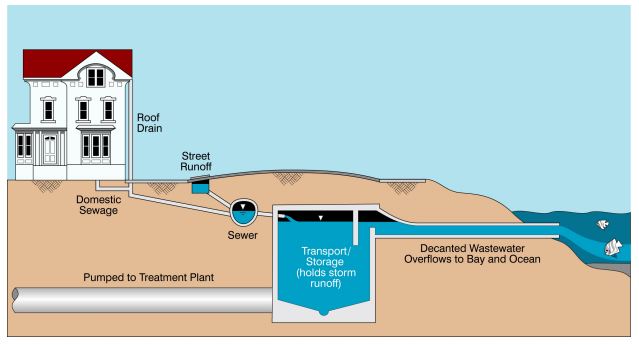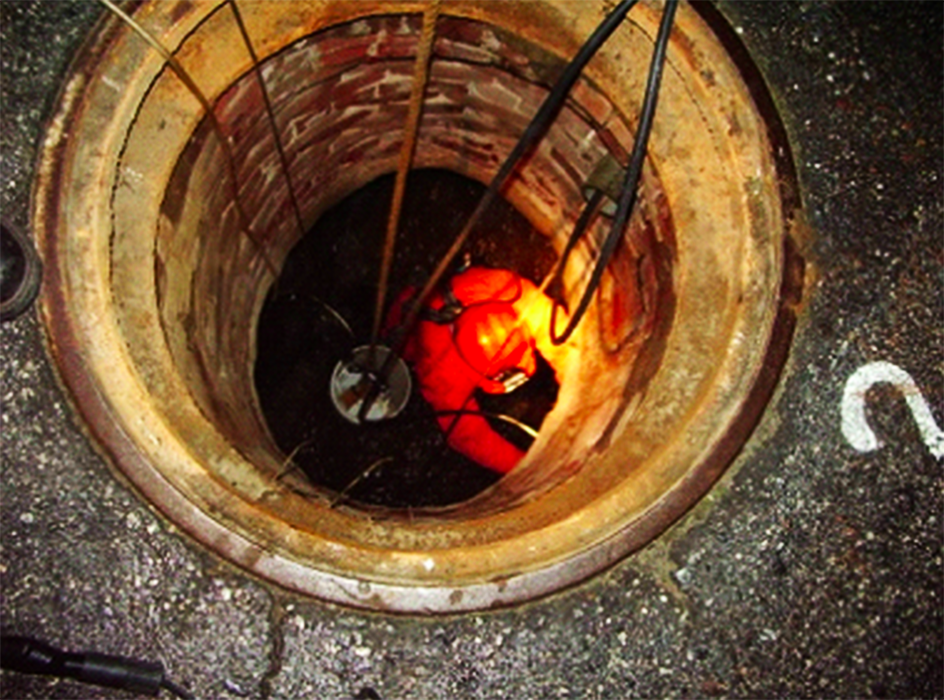SAN FRANCISCO—San Francisco sewer system is being impacted by the states severe drought. In a recent statement, San Francisco Public Utilities Commission Assistant General Manager, Tommy Moala, discussed the disintegration of the city’s sewer system.
Between 2005 and 2009, the city conducted comprehensive evaluation studies, collected feedback from the community, and began major planning efforts to prepare for the future needs of the sewer system. In 2010, seven public workshops were held to discuss potential capital improvement goals and strategies. Approximately 781 miles of sewer pipes within the city were installed after 1849, due to the influx of migrants arriving from the California Gold Rush. According to the city’s Sewer System Improvement Program (SSIP) report, the construction of the sewer system began in the mid-1800s and took place in three phases; 1899, 1935, and 1970. Prior to this, much of the waste was dumped onto city streets.
The city’s sewer system has remained intact, and outlasted severe conditions, beyond their anticipated structural and mechanical expectancy. The city consists of approximately 1,000 miles of piping; the average age of these sewers is about 72 years, with 173 miles of piping being more than 100 years old. According to Construction & Capital Programs Communication Manager, Maureen Barry, the central issue focuses on the fact that “water conservation due to the drought lessens the volumes of wastewater flow that moves organic matter through our system.” The system is heavily reliant on gravity in combination with a certain amount of storm water from local neighborhoods to flush out and drain the waste entering into the system and reduce overall odor from the matter that isn’t flushed into the sewer’s interceptors.
While there has been a substantial conservation effort initiated throughout the city to accommodate the severity of the drought, each year, there is an estimated 40 billion gallons of waste flow being sent through the system. Due to the fact that less water is being used, the city is facing problems with the lack of water compromising the structural integrity of the pipelines; particularly segments composed of vitrified clay and concrete. Moala stated that, “It’s an organic material. It breaks down. It creates hydrogen sulfide. That eats up the concrete in the pipes if it sits there long enough.”
The city has an established video inspection procedure to investigate pipes and determine a score of risk and failure. Barry stated that this Condition Assessment for sewer infrastructure was established to help identify, assess and eliminate problematic areas in the City, as well as to maintain a reliable and high performing sewer system. The SSIP is currently prioritizing the elimination, rehabilitation, or replacement or older 3×5 brick structures, which currently possess a greater risk of structural damage and accounts for 30% of the 1000-mile sewer infrastructure in San Francisco.

The San Francisco News
—







